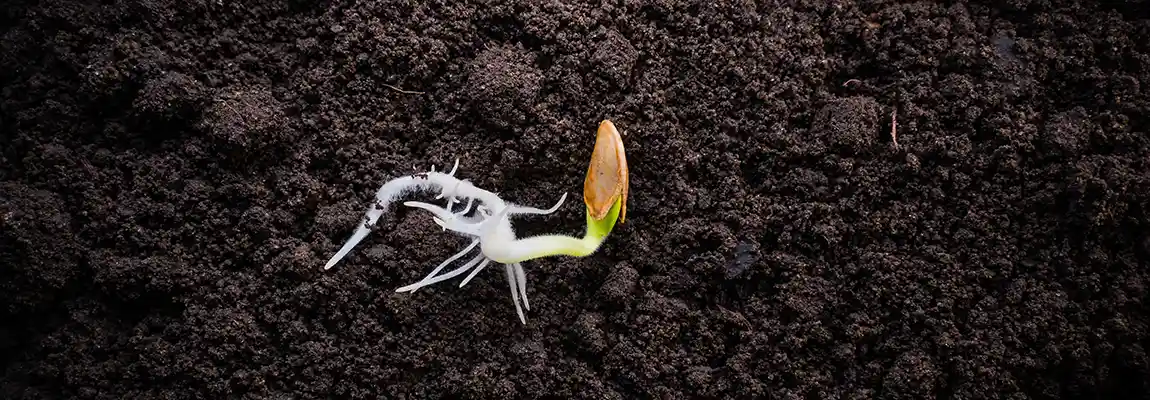
Unlocking the potential of root phenotyping
Root phenotyping opens a window into the intricate world beneath, revealing how plants adapt, grow, and interact with their soil environment. From imaging-based phenotyping technologies to genetic insights, exploring root systems is key to enhancing crop resilience, water supply, nutrient uptake, and overall yield. A challenge in root assessments is getting access to the roots, in particular once the assessment should be non-destructive. Roots can be grown in specific containers that are fully or partly transparent so that roots are visible and can be recorded with cameras. Some containers can be filled with soil, other can harbor transparent media, or moist paper. Depending on the application case, different containers can be used. Any of the containers has advantages but also drawbacks, so that the application cases determine which container serves best to address the questions of the investigation.
LemnaTec imaging technology is designed to work with a range of methods that make roots accessible to imaging. For instance, the PhenoAIxpert Pro Root is designed for rhizotrons, the SeedAIxpert is made for imaging seedlings on moist paper, or petri dishes can be imaged using HyperAIxpert or PhenoAIxpert.
Rhizotrons are flat soil-filled containers that are stored at inclined angle so that gravitropism guides the roots along the transparent plate and thus a large fraction of the roots becomes visible. Thereby factors such as root and root system length and width, root branching, or root system geometry can be assessed. Despite the soil filling, the flat geometry and the storing angle create an environment that differs from usual growth situations, so that a substantial impact on the root development can be expected. For storing and imaging, specific setups, adapted to the inclined angle are required.
Transparent Pots are similar to classical planting pots, only that their outer surfaces are transparent. Therefore, growth conditions do not differ substantially from classical pots, however the probability that roots grow along the transparent sides is lower compared to inclined flat rhizotrons. At the transparent sides, root lengths, root system geometry, or rooting depth can be observed. Imaging can be done with a horizontally viewing camera, similarly as it can be done for shoots growing above the pot edge.
Miniplot Boxes are designed to grow more than one plant at a time, as the allow cultivating a small plot of plants with having one or two transparent side plates that give view to the rooting space. As these boxes have a relatively large internal space, only a small fraction of the roots is likely to become visible. The advantage is that it represents growing situations that are similar to crop fields, as plant groups sown in realistic densities can be assessed. Visible roots and root systems can be measured for length and width, for rooting depth, or branching.
Measuring seedlings germinated on moist paper it is possible to view and measure the roots from the emergence onwards. The total amount roots becomes visible at very early stages. Despite the quite easy imaging, the growth situation is completely artificial, and only allows observing very young stages of the seedlings. Assays with moist paper frequently serve to assess germination features.
Artificial media, such as agar, can be used to germinate seeds and grow seedlings, too. With such media in petri dishes or in pot-like containers, an observation of root growth becomes possible. As agar is transparent, more parts of the root system become visible compared to soil- filled containers, however, the composition of and structure of agar or other artificial media strongly differs from soil so that the medium likely influences the growth patterns. Moreover, artificial media require sterile handling to prevent growth of fungi and bacteria. Images of roots and root systems in or on such media can be processed for all root-related phenotypic features.
Imaging and image processing can be applied for washed roots, too. When the various root visualization systems – like those described above – do not match the application, the only way to get information on roots is digging and washing them. Despite this is a destructive assessment, the washed roots can be spread out on a plate for imaging and such images can be processed to obtain phenotypic information.
Interested in root phenotyping? Contact LemnaTec to discuss your project: or +49 2408 981850.




